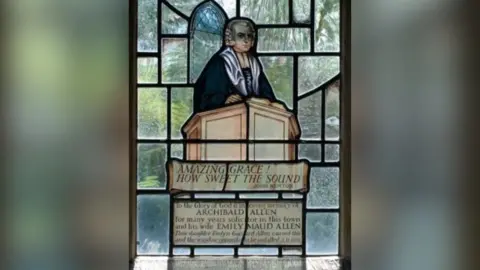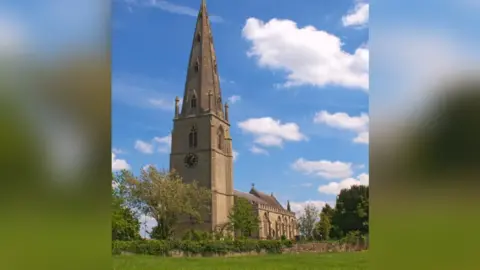Olney church to remember slave trader turned abolitionist
 St Peter and St Paul's Church
St Peter and St Paul's ChurchA church is to create an educational area about a slave trader who became an abolitionist.
John Newton was curate of St Peter and Paul's Church in Olney, Buckinghamshire, between 1764 and 1780.
During that time he wrote the hymn Amazing Grace.
Churchwarden David Phillipson said the church was "not trying to glorify the slave trade" but rather educate people about Mr Newton's work to help abolish slavery.
Thousands of people visit the church every year, prompting the plans for an educational space.
Proposals for the project were approved by the Church of England's Consistory Court.
Mr Phillipson said: "We are not trying to glorify the slave trade by having this area but educate people and explain what happened and what John Newton eventually did in terms of his work to abolish the slave trade and write Amazing Grace, which is known worldwide."
 St Peter and St Paul's Church
St Peter and St Paul's ChurchIn 1780 Mr Newton forged a friendship with politician William Wilberforce and went on to advise and support him through the campaign to abolish slavery.
Later, they worked together to establish a home for freed slaves in Sierra Leone.
Amazing Grace was published in 1779 and is considered one of the most recognisable songs in the English-speaking world.
Mr Phillipson said the plan was to use a currently unused area for educational purposes.
He said it would feature artefacts directly related to Newton, including a coffin plaque and descriptive brass plate, and a picture.
The work, which includes removing unused pews, would cost about £1,000 and could be completed by the end of July.

Find BBC News: East of England on Facebook, Instagram and Twitter. If you have a story suggestion email [email protected]
